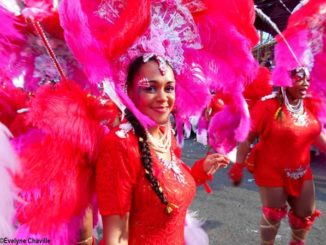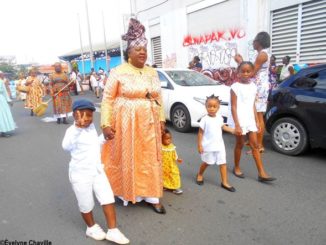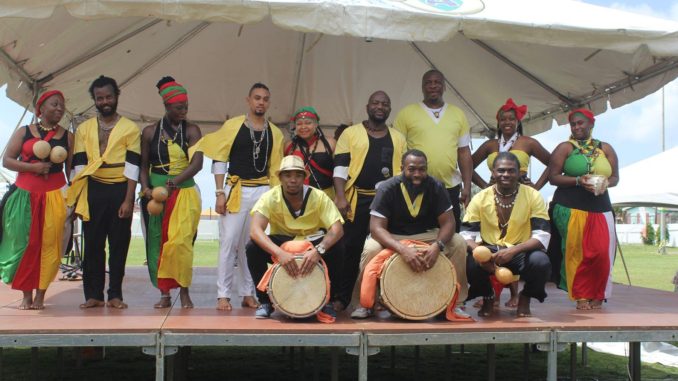
In St. Vincent and the Grenadines, March is the “National Heroes and Heritage Month”. On this occasion, The Garifuna Heritage Foundation has been organizing a series of events for several years to promote, in particular, history and culture of the Garifuna people. This year, the events are scheduled from March 8 to 24.
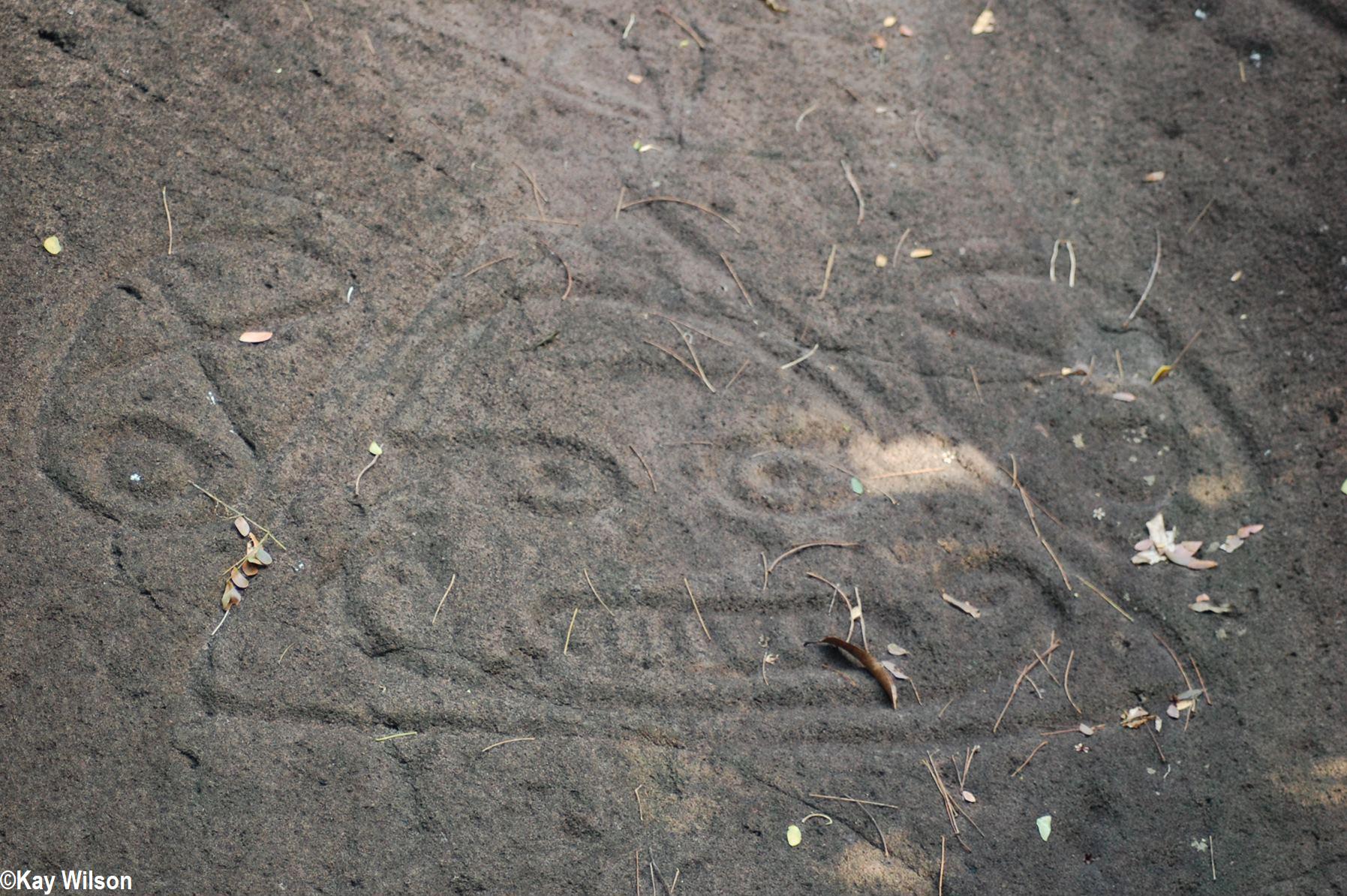
The Garifunas are the unique people resulting of intermarriage between Amerindians (Arawaks and Kalinagos) and Africans in the 17th century. The best-known story can be summed up by these few sentences but sometimes the dates are different.
In 1675, a Dutch slave ship was wrecked between St. Vincent and Béquia. No European survived but many Africans swam toward the shore. They were accepted by the Caribs and allowed to marry their women. Their very large mixed descendants were called the “Black Caribs”, different from the native Caribs called the “Yellow Caribs”.
In 1770, for the first time, the Caribs allowed European colonists – French people – to settle in St. Vincent because they did not want to appropriate their island as did the English… Unfortunately, by the Treaty of Paris of 1783, France gave up St. Vincent to Great Britain. This decision caused many Caribs’ revolts. In 1795, with French support, the “Yellow Caribs” and the “Black Caribs” killed many British settlers. During a duel with the British commander Alexander Leith, Chatoyer/Chattawae, the chief of the “Black Caribs” was killed.
The British army defeated the rebels and deported nearly 5,000 Caribs to the island of Roatán, Honduras, in 1797. Some Caribs who did not participate in the revolt were taken to Sandy Bay on the north-east coast of St. Vincent.
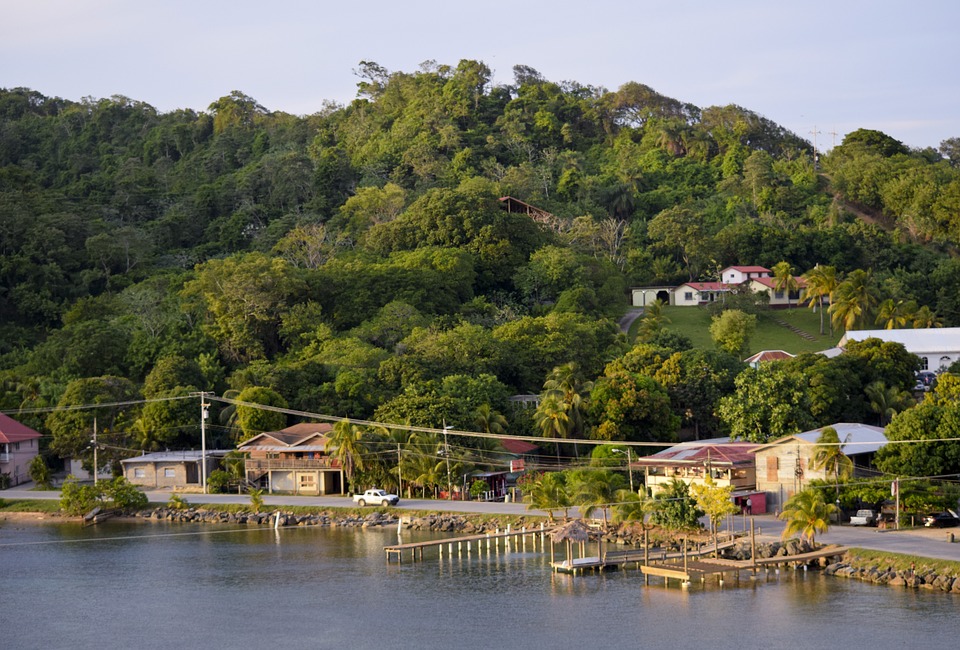
To collect and disseminate information
According to the Garifuna Heritage Foundation which was founded in 2001 in Saint Vincent and the Grenadines, “there are, however, varying streams of thought regarding the manner in which the Africans came to be on St. Vincent. There is also much information which needs to be documented regarding the Amerindians, both Arawaks and Calinago and their relationship on St. Vincent and in the Antilles. What has been documented, however, is the incursion by the Europeans, mainly British and French, on the Island of St. Vincent during their epoch of colonial expansion into the Caribbean and how this impacted on the Calinago and Garifuna people”.
On May 18, 2001, the Garifuna language, music and dance were proclaimed a “Masterpiece of the Oral and Intangible Heritage of Humanity” by UNESCO through the work of the National Garifuna Council of Belize.
According to the International Garifuna Research Center (IGRC),“the Garifuna culture, having made a tremendous contribution to the economic, social and political landscape of Central America and the Caribbean, has attracted researchers at Universities and other Institutions worldwide in the fields of anthropology, history, archaeology and music among others. However, this research is not easily accessible to the Garifuna people themselves (…).
Its objectives are to collect physical and virtual copies of all Garifuna arts, craft and technologies, documentation on research concerning Garifuna heritage and culture and to disseminate them to the various Garifuna communities in Yurumei (former name of Saint-Vincent and the Grenadines considered as ancestral land) and in the diaspora living in Honduras, Nicaragua, Belize, Guatemala, etc.
PROGRAMME OF EVENTS

